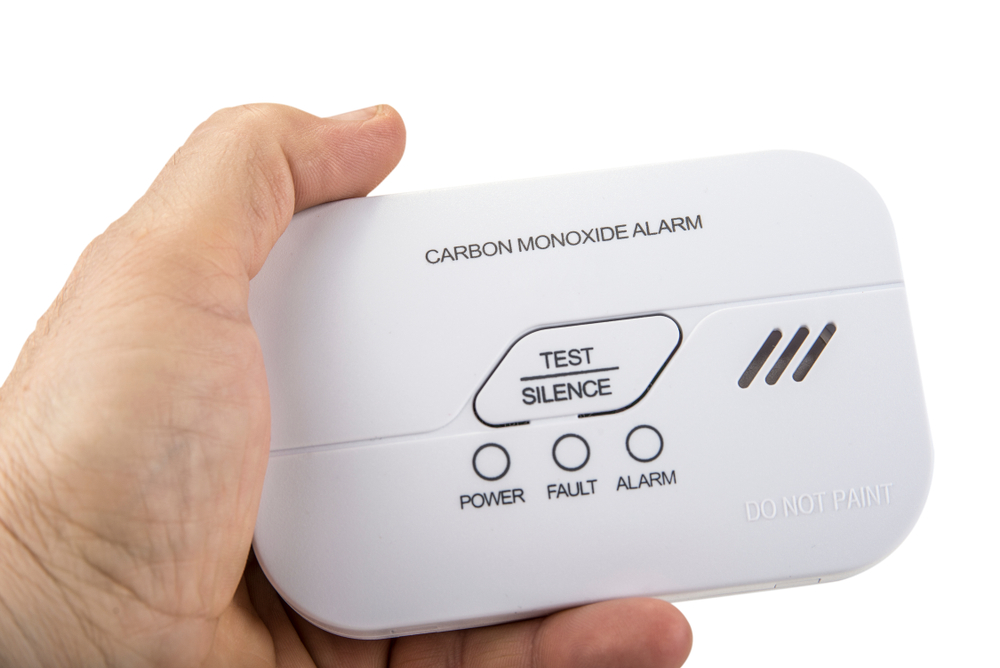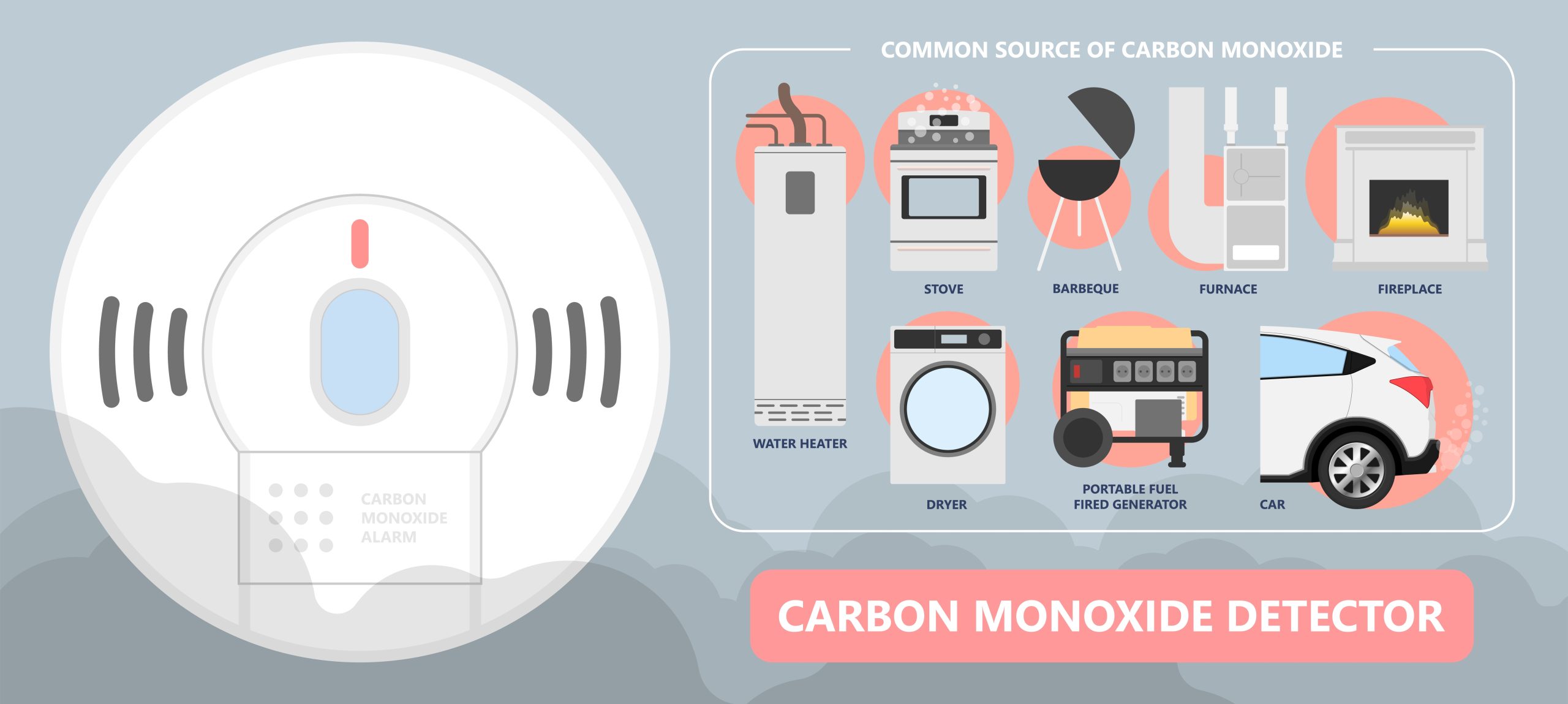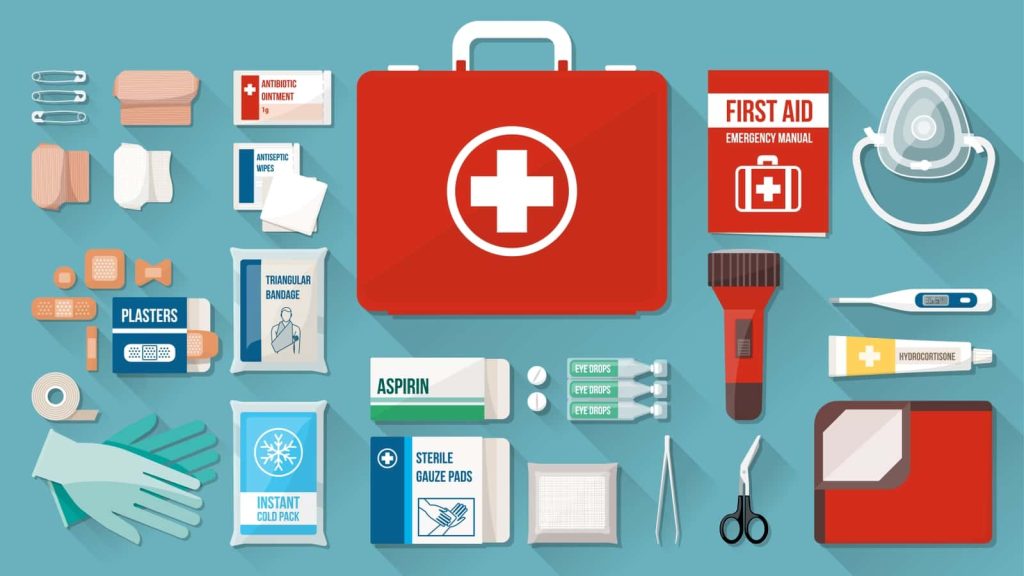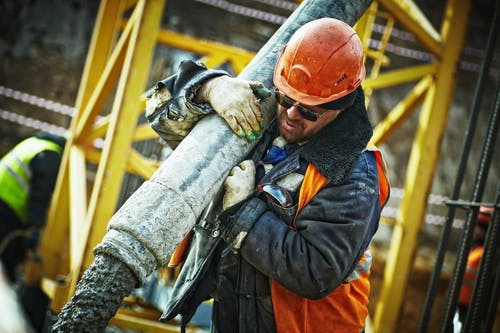Carbon Monoxide Detectors in the Workplace

According to the U.S. Center for Disease Control (CDC): “When winter temperatures plummet and home heating systems run for hours the risk of carbon monoxide (CO) poisoning increases. Every year, at least 430 people die in the U.S. from accidental CO poisoning. Approximately 50,000 people in the U.S. visit the emergency department each year due to accidental CO poisoning.”
While most people associate accidental carbon monoxide exposure to be a problem that homeowners have to deal with, business environments around the country also are subject to potentially serious problems arising from carbon monoxide exposure. The average person will spend around 90,000 hours of their lives in a work setting, which is easily one-third of our entire lifetimes. Ensuring safe, optimum air quality within the workplace, then, should be a priority for every business owner and manager.
Below, we take a look at the threat of carbon monoxide in the workplace and offer a few solutions for how installing a carbon monoxide detector in the workplace can reduce the risk for potentially fatal health consequences.
The Threat of Carbon Monoxide in the Workplace
Carbon monoxide is an extremely poisonous gas that is unfortunately odorless. Unlike other dangerous gasses that could affect indoor air quality, it can be nearly impossible to identify when a carbon monoxide leak could be posing a serious threat to your workforce. In the case of high levels of carbon monoxide exposure, serious poisoning (including leading to fatalities) can happen in as little as two hours. In the case of long-term exposure to low levels of carbon monoxide, serious symptoms can include neurological symptoms, such as difficulty thinking or concentrating.
According to the Harvard Health website, “all sorts of sources can release carbon monoxide, including cars, trucks, small gasoline engines (like lawnmowers), stoves, lanterns, furnaces, grills, gas ranges, water heaters and clothes dryers. The risk of poisoning is especially high when equipment is used in an enclosed place and ventilation is poor. Carbon monoxide poisoning can occur in victims of smoke inhalation during a fire. More than one-third of carbon monoxide-related deaths occur when the victim is asleep.”

Sources of potential carbon monoxide poisoning are varied. Even if your workplace does not operate machinery or motor vehicles with internal combustion engines, a small leak from your furnace or gas-powered water heater could also be a prospective source of carbon monoxide leaking into your work environment.
For this reason, virtually every business should take the time to install carbon monoxide detectors in their workplace. This simple prevention strategy is required in 27 different states and the District of Columbia. Detectors will help reduce worker injuries and sickness by avoiding carbon monoxide poisoning cases in your workplace, And businesses can cut back on their worker compensation payments while simultaneously ensuring increased productivity in a healthy work environment.
Where to Install Carbon Monoxide Detectors in the Workplace?
Certainly, any business that operates gas-powered machinery or vehicles needs to have a carbon monoxide detector in that area. However, any room or area in a business that is close to a mechanical room or closet, or that has poor ventilation should also have a carbon monoxide detector installed. Carbon monoxide detectors are programmed to only activate when they detect high levels of carbon monoxide in the vicinity. What exactly are acceptable levels of carbon monoxide in the workplace?
According to the Occupational Health and Safety Administration´s Permissible Exposure Limits (OSHA PEL), the acceptable limit for carbon monoxide stands at 50 parts per million (ppm). These OSHA standards absolutely prohibit worker exposure to more than 50 parts of carbon monoxide gas per million parts of air averaged during an 8-hour time period. The best and easiest way to ensure that your business is compliant with this important standard is to simply install carbon monoxide detectors in strategic areas of your workplace environment.
Stay Protected With Work-Fit
Work-Fit is a leading provider of onsite injury prevention and management for your workforce. We have years of experience in helping businesses from all different industries to create and implement holistic injury prevention programs. Work-Fit can help your company design different strategies to promote a preventive care model that increases productivity rates and creates savings on employer healthcare costs. Contact Work-Fit today to see how we can help your company determine the best places to install carbon monoxide detectors as part of a greater injury prevention program for your workforce.



